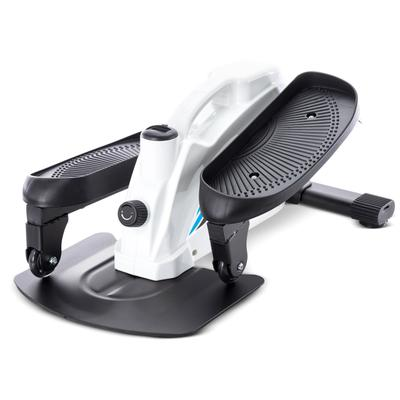Hey Diva dressing fans! When the items we love coincide with brands we work with, Diva dressing will use Paid Links in our articles. If you decide to click on these links and purchase the product, we get a small commission. Our Opinions Are Our Own, but we do add Paid Links as a way to offer these products at no added cost to our readers. Want to know more? Click Here to check out our Terms of Use anytime!
Achieving fitness goals requires a thoughtful approach that combines various types of exercise, nutrition, and lifestyle habits. Whether you’re looking to lose weight, build muscle, improve endurance, or enhance overall well-being, finding the right mix of activities is crucial.
Define Your Fitness Goals
The first step in creating a balanced fitness routine is to clearly define your fitness goals. Common objectives include:
- Weight Loss: Aiming to reduce body fat and improve overall body composition.
- Muscle Gain: Focusing on building strength and increasing muscle mass.
- Endurance: Enhancing cardiovascular fitness for activities like running, cycling, or swimming.
- Flexibility and Mobility: Improving range of motion and reducing the risk of injury.
- Overall Health: Maintaining general fitness, improving mental well-being, and promoting longevity.
Once you’ve identified your primary goal, you can develop a plan that effectively addresses it.
Assess Your Current Fitness Level
Understanding your starting point is essential for setting realistic goals and tracking progress. Consider the following:
- Physical Activity: How often do you currently exercise? What types of activities do you enjoy?
- Strength and Endurance: What is your baseline for strength (e.g., how much weight can you lift) and cardiovascular endurance (e.g., how long can you run or cycle)?
- Flexibility and Mobility: How would you rate your flexibility? Can you comfortably perform movements like squats, lunges, or reaching down to touch your toes?
Conducting a self-assessment will help you identify areas for improvement and set achievable milestones along the way.
Create a Balanced Fitness Routine
A well-rounded fitness routine incorporates a mix of different exercise types, ensuring that you address all aspects of fitness. Here are the key components to consider:
Cardiovascular Exercise
Cardio is essential for improving heart health, endurance, and calorie burning. Aim for at least 150 minutes of moderate-intensity or 75 minutes of high-intensity cardio each week. Options include:
- Running or jogging
- Cycling
- Swimming
- Dancing
- Group fitness classes
Choose activities you enjoy to make cardio more enjoyable and sustainable.
Strength Training
Incorporating strength training at least two days a week helps build muscle, increase metabolism, and strengthen bones. Focus on all major muscle groups, including:
- Upper Body: Chest, back, shoulders, and arms.
- Lower Body: Legs, glutes, and calves.
- Core: Abdominal and back muscles.
You can use free weights, resistance bands, bodyweight exercises, or machines, depending on your preference and access to equipment.
Flexibility and Mobility Work
Including flexibility and mobility exercises in your routine can enhance performance, reduce injury risk, and promote recovery. Incorporate activities such as:
- Static stretching: Holding stretches for 15-30 seconds post-workout.
- Dynamic stretching: Moving through a range of motion before workouts.
- Yoga or Pilates: Both practices improve flexibility, balance, and core strength.
Aim for at least 2-3 sessions per week, either as part of your warm-up and cool-down or as standalone practices.
Rest and Recovery
Recovery is crucial for preventing injury and promoting long-term progress. Ensure you include:
- Rest days: Aim for at least one or two rest days per week, depending on your activity level.
- Active recovery: Engage in low-intensity activities such as walking, gentle yoga, or light stretching on rest days to promote blood flow and recovery.
Listen to Your Body
As you develop your routine, pay attention to how your body responds to different types of exercise. Adjust your workouts based on:
- Energy Levels: If you feel fatigued, consider lighter workouts or additional rest.
- Muscle Soreness: Allow time for recovery if you experience soreness from strength training.
- Enjoyment: Incorporate activities you genuinely enjoy to stay motivated and engaged.
Listening to your body will help you maintain a sustainable routine and prevent burnout or injury.
Nutrition Matters
No fitness routine is complete without addressing nutrition. Fueling your body with the right nutrients will support your fitness goals and enhance performance. Here are some tips:
Balanced Diet
Focus on a balanced diet that includes:
- Lean Proteins: Essential for muscle repair and growth (e.g., chicken, fish, legumes, tofu).
- Whole Grains: Provide energy for workouts (e.g., brown rice, quinoa, whole-grain bread).
- Fruits and Vegetables: Rich in vitamins, minerals, and antioxidants to support overall health.
- Healthy Fats: Necessary for hormone production and joint health (e.g., avocados, nuts, olive oil).
Pre- and Post-Workout Nutrition
Timing your meals around workouts can enhance performance and recovery. Consider:
- Pre-Workout: Consume a balanced snack with carbohydrates and protein about 30-60 minutes before exercising (e.g., a banana with nut butter).
- Post-Workout: Have a meal or snack with protein and carbohydrates within an hour after your workout to support recovery (e.g., a protein shakes or Greek yogurt with fruit).
Set Realistic Milestones
Setting specific, measurable, achievable, relevant, and time-bound (SMART) goals will help you stay focused and motivated. Break larger goals into smaller milestones and celebrate your progress along the way.
- Weight Loss: Aim to lose 1-2 pounds per week by incorporating regular exercise and healthy eating.
- Strength Goals: Set targets for increasing weights lifted in specific exercises over the next few months.
- Endurance Goals: Plan to run a certain distance without stopping by a specific date.
Life can be unpredictable, so it’s important to remain flexible with your fitness routine. If you encounter obstacles, such as a busy schedule, travel, or changes in health, adapt your workouts to accommodate your circumstances. Explore new activities, modify your routine, or adjust your goals to keep progressing.
Here are some products that can help you in your fitness journey
Resistance and Core Fitness Training Bundle $39.59
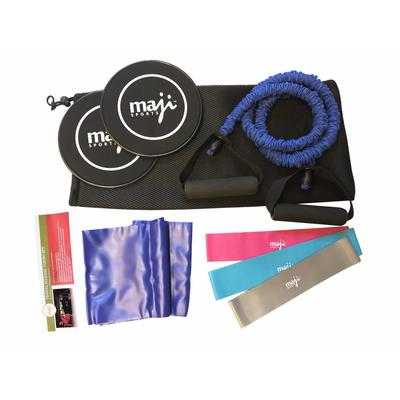
Under Desk Bike and Pedal Exerciser $52.19
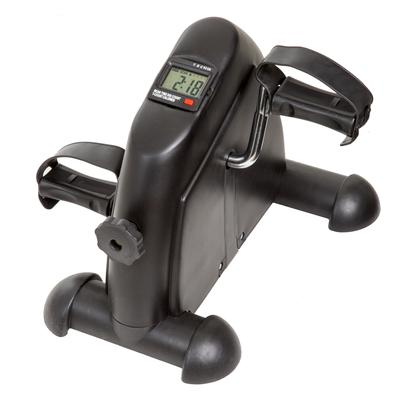
GoSports Core Hub Fitness Plank Board with Smart Phone Integration for Full Body Workouts $88.82
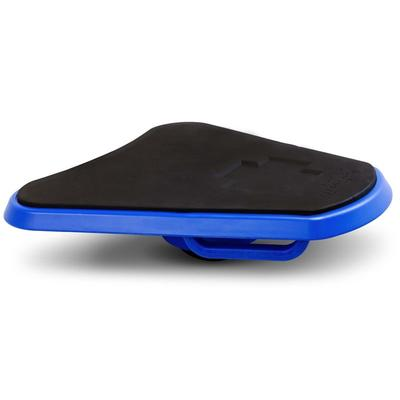
42″ Rebounder Trampoline for Adults, Silent Mini Trampoline w/ Adjustable Hand Bar $115.89
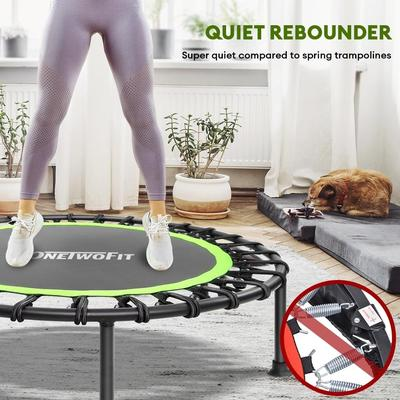
Compact Elliptical Fitness Machine Stand Up/Sit Down $140.12
